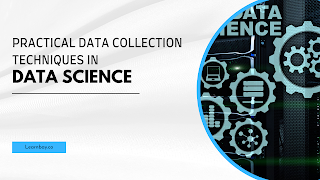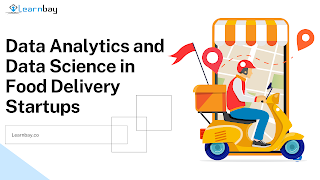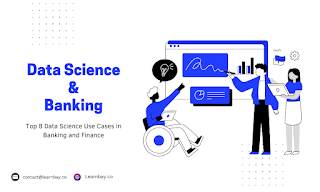Know the Practical Data Collection Techniques in Data Science
Organizations must gather data to analyze the demand, customer preferences, competitors, etc., before developing any new product. If these data are not collected beforehand, the new product's failure rate might be as high as 80%. Many businesses continue to gather consumer data even after the product has been released to receive feedback and find methods to enhance the entire customer experience.
What is Data Collection?
The process of gathering, measuring, and evaluating various forms of information using a range of standardized, approved methodologies is known as data collection. The primary goal of data collecting is to obtain reliable, information-rich data that can be used for analysis and critical business decisions. To make the data genuinely usable for organizations, it must undergo a thorough data cleansing and processing after it is gathered.
Based on the information needed, there are two primary approaches to gathering data in research, namely:
Primary Data Collection
Data gathered through first-hand experience and taken straight from the original source is referred to as primary data. It refers to information that has never before been used. The best type of data for the study is typically thought to be that which is obtained using primary data-gathering techniques.
Quantitative data collection methods (which deal with elements that can be counted) and qualitative data collection methods are other categories of primary data gathering techniques (which deal with factors that are not necessarily numerical in nature). To learn more about the technical aspect of the quantitative collection, refer to the data science course in Bangalore, for working professionals.
The following are some of the popular primary data-collecting techniques:
Interviews
The direct approach to gathering data is through interviews. It is only a procedure in which the interviewee answers questions that the interviewer poses. It offers excellent flexibility since questions may be modified and replaced as necessary depending on the circumstance.
Observations
In this approach, researchers take notes while they study the world around them. It can be used to assess how various individuals behave in controlled scenarios (everyone is aware that they are being watched) and uncontrolled (no one is aware that they are being protected). Because it is simple and independent of other participants, this strategy is quite successful.
For instance, a person may observe random individuals walking their dogs on a busy street to evaluate whether or not to start a pet food business.
Surveys and Questionnaires
Surveys and questionnaires offer a comprehensive viewpoint from sizable populations. They can be carried out in person, by mail, or even uploaded online to collect responses from people all over the world. Yes or no, true or false, multiple choice and even open-ended questions are acceptable as responses. However, surveys and questionnaires have the disadvantage of delayed reactions and the potential for confusing answers.
Focus Groups
Similar to an interview, a focus group is done with people who all share the same interest. Similar to in-person interviews, the data gathered provides greater insight into why certain people believe the way they do. However, this approach has certain limitations, including loss of privacy and interview dominance by one or two people. Focus groups might take a lot of time and be difficult, but they can help disclose some of the greatest information for complex circumstances.
Oral Histories
Similar to interviews and focus groups, oral histories also entail questioning participants. However, it is more specifically defined, and the information gathered is connected to particular phenomena. It involves compiling the viewpoints and first-hand accounts of individuals who participated in a specific event. For instance, it can help research the impact of a new product in a particular community.
Secondary Data Collection
Data that another party has previously gathered is referred to as secondary data. Compared to primary data, it is significantly more accessible and less expensive to obtain. Although primary data collection yields more true and original data, secondary data collection frequently offers businesses many benefits.
The most popular techniques for gathering secondary data include the following:
Internet
The Internet is one of the most often used secondary data-collecting techniques in recent years. There is a significant selection of free and paid research resources on the Internet. Even though this method is quick and straightforward, you should only use reliable websites when gathering data.
Government Archives
You can utilize a lot of the data available in the government archives. The most significant benefit is that the information in official archives can be verified and is legitimate. The problem, though, is that data isn't always easily accessible for various reasons. Criminal records, for instance, may fall under the category of classified information and are difficult for anybody to access.
Libraries
Most scholars contribute several copies of their scholarly works to libraries. Based on several study circumstances, you can get pertinent and reliable information. Business directories, annual reports, and other comparable papers that aid firms in their investigation are also kept in libraries.
Conclusion
You must be knowledgeable about various data-collecting methods if you want to pursue a successful career in data analytics and data science. Now that you are aware of the most popular data-collection techniques, it is time to study more about each of them in depth. IBM-accredited Data analytics and data science training in Bangalore will help you master the skills with live projects.




Comments
Post a Comment